PLZ Series: How to Effectively Improve Safety during Load Testing of Non-isolated AC/DC Converter
Considering minimising the potential shock hazard, the use of an isolation transformer or regulated power supply is critical during load testing of a non-isolated AC/DC converter (such as PFC). This white paper explains; what happens without an isolation transformer or regulated AC power supply and how important these are for safety reasons.
1. What happens if non-isolated AC/DC converter is directly connected to electronic load?
Figure 1: Since the DUT is non-isolated, the capacitor of electronic load, which placed at its DC input, passes the current though the enclosure of electronic load to the leakage breaker, thus shutting the breaker off.
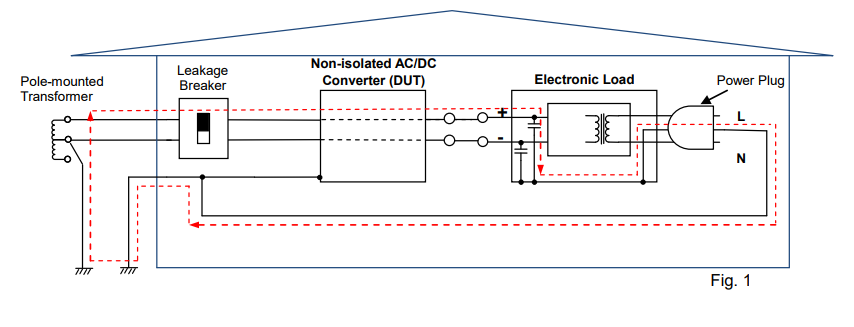
Figure 2: Example that the GND terminal of electronic load (at the power plug) is not grounded; The leakage breaker will not shut itself off, but the voltage is applied to the enclosure of electronic load. Contacting such electronic load could expose an operator to an electric shock. Note: Our user’s manual advises users; ‘Be sure to earth ground the product to prevent electric shock’.
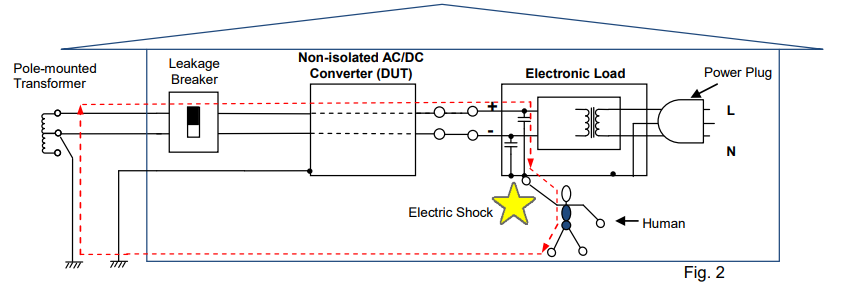
2. Preventive Action
To prevent the above interruption or shock hazard, add the isolation transformer or AC regulated power supply as shown in Figure 3, which can provide the electrical isolation between the utility power line and the primary and secondary terminals of DUT. This can greatly reduce the potential shock hazard for an operator.
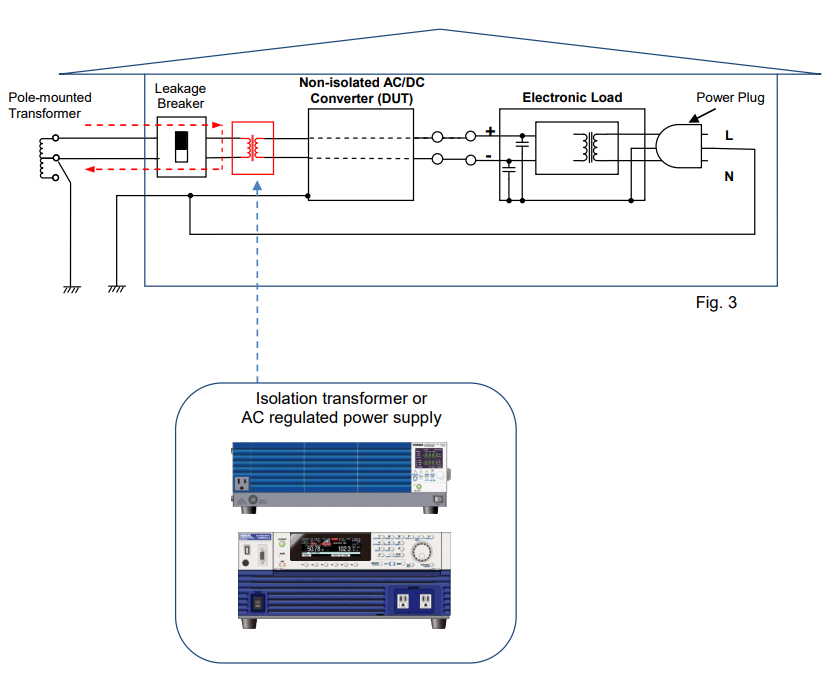
3. Non-isolated DC/AC Converter Testing
The same situation may occur while performing a load testing on a non-isolated DC/AC converter (such as power conditioner) by using our AC electronic load PCZ1000A. In this case also, we highly recommend to use an isolation transformer or regulated power supply.
Products Mentioned In This Article:
To view all PLZ Series please see HERE























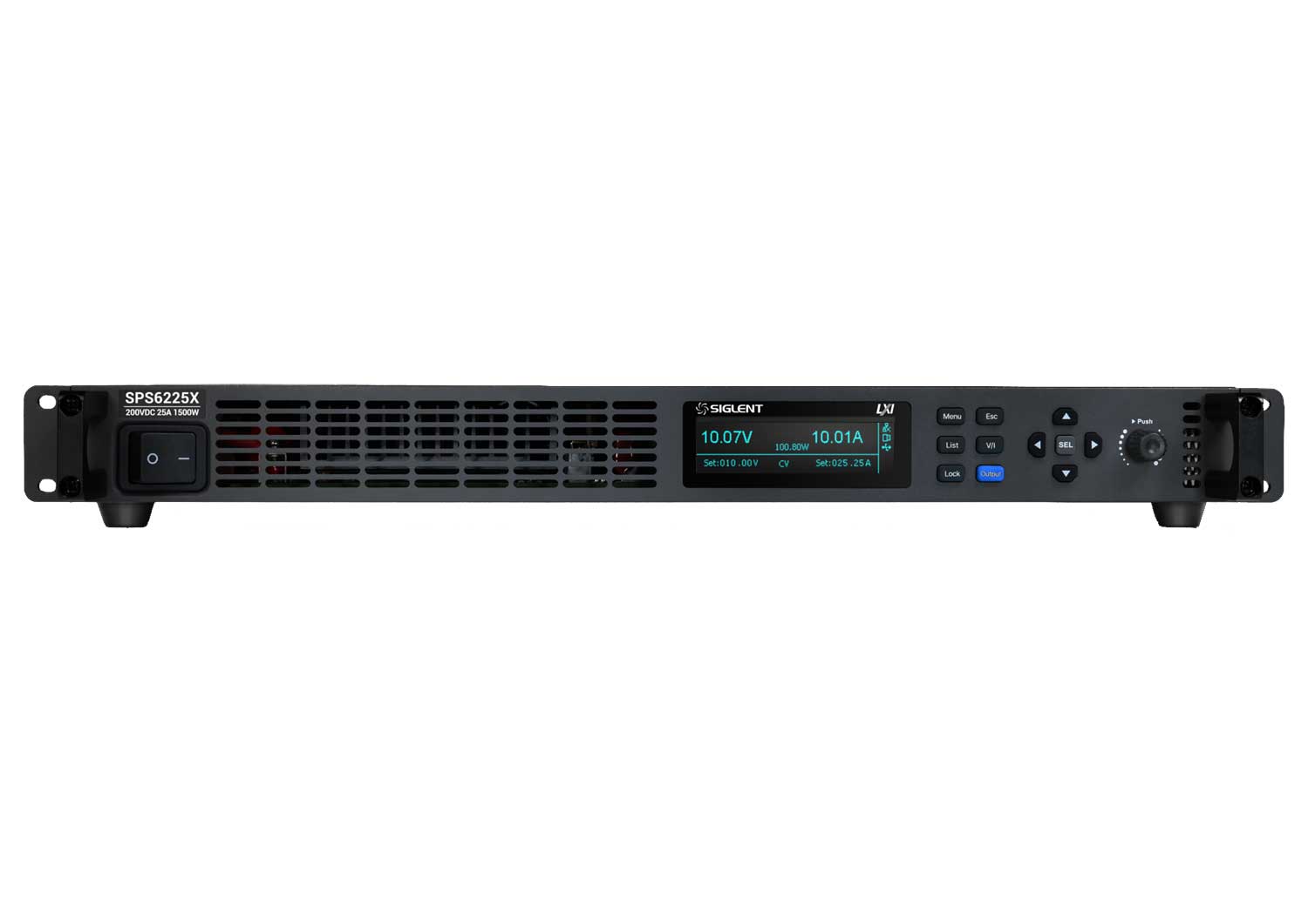




























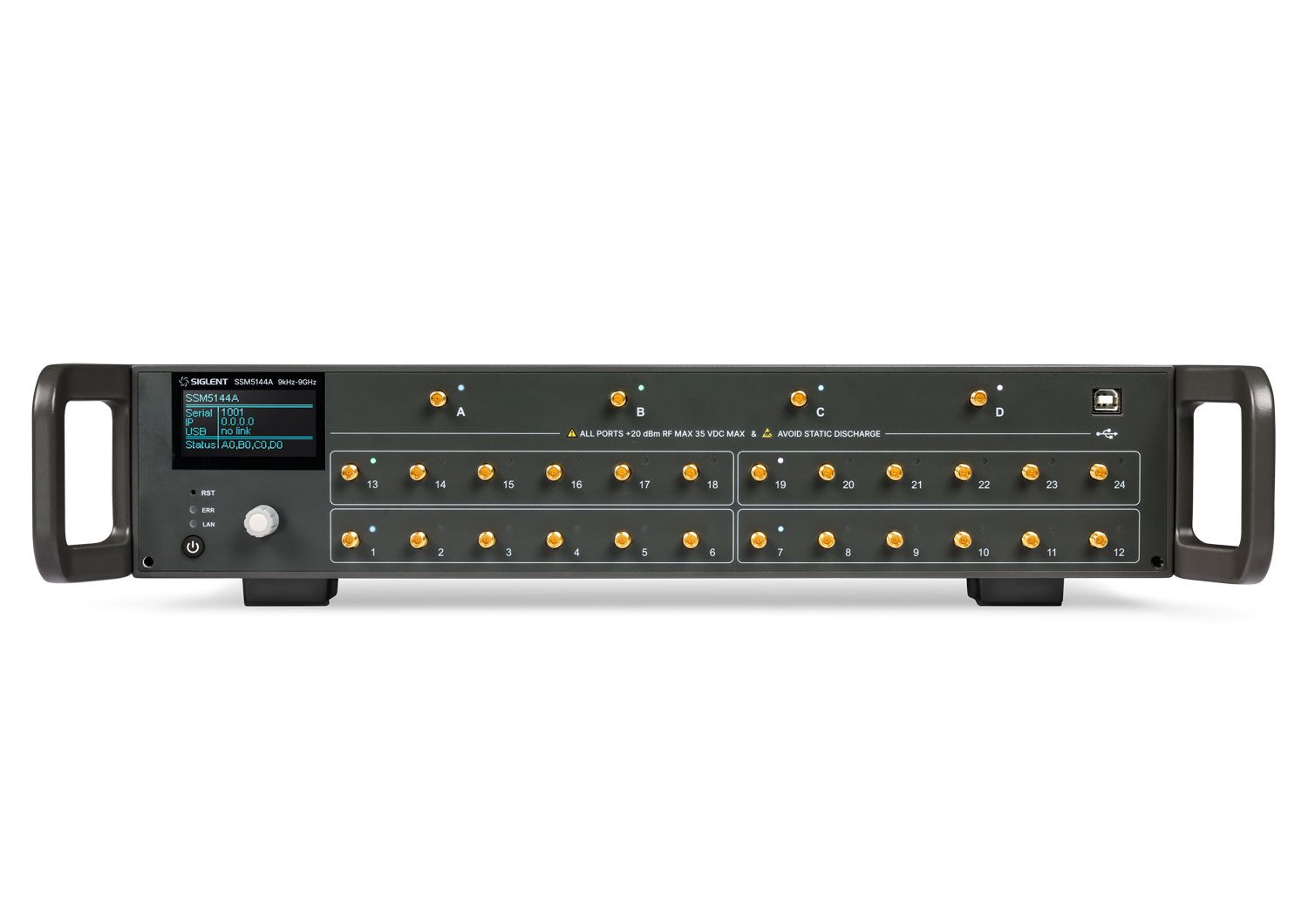











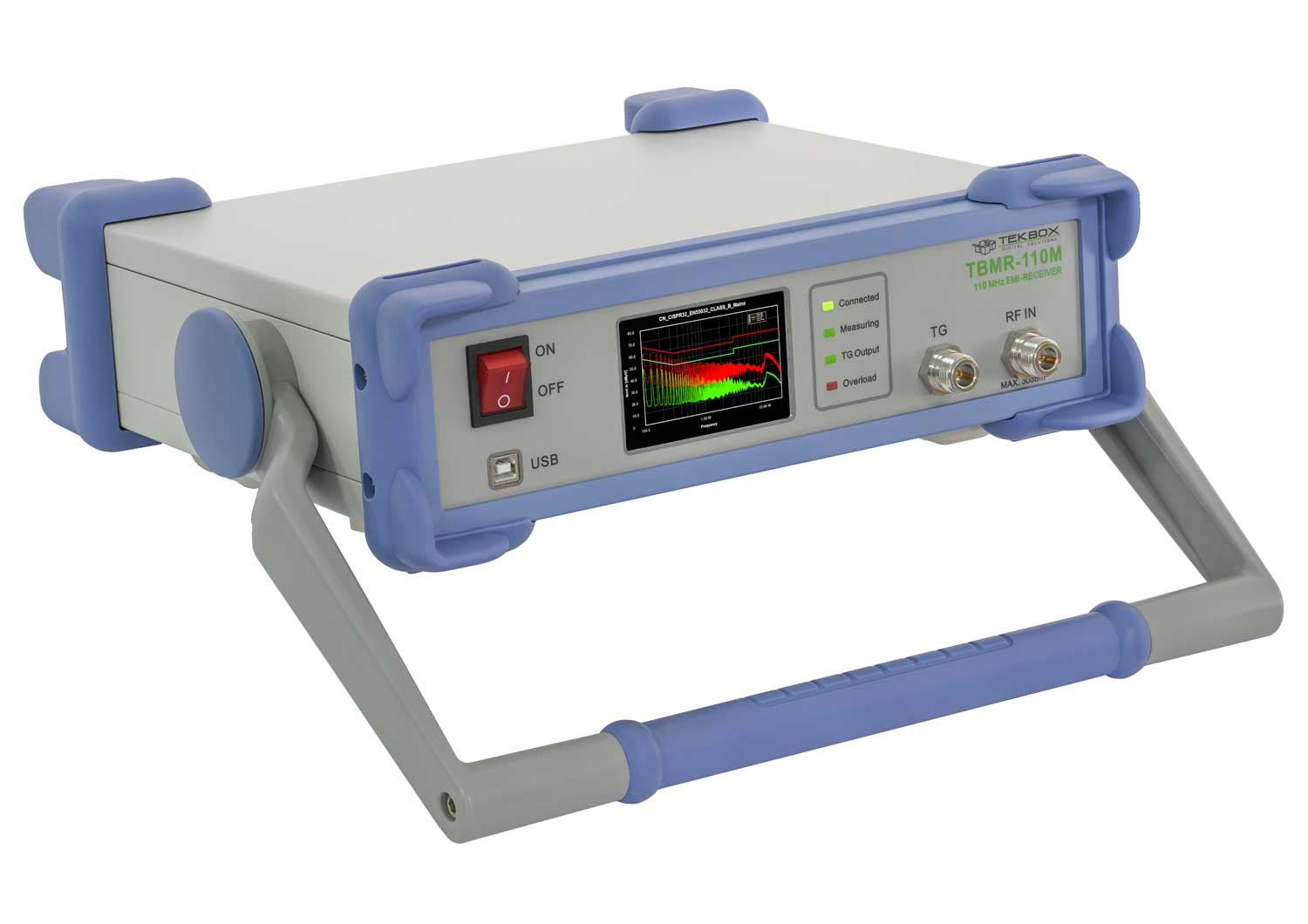


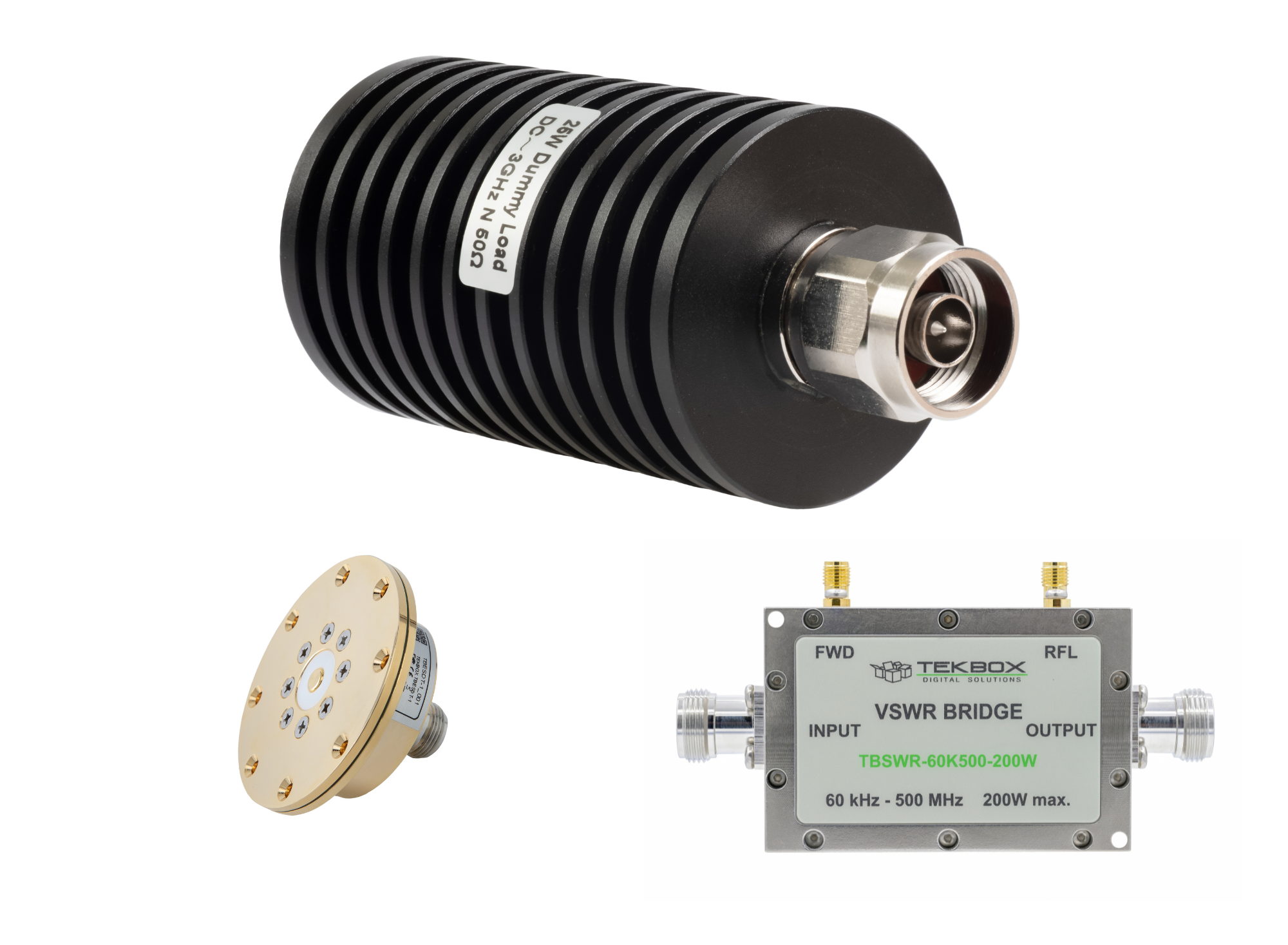

























 FREE SHIPPING £75+
FREE SHIPPING £75+
 CELEBRATING 50+ YEARS
CELEBRATING 50+ YEARS
 PRICE MATCH GUARANTEE
PRICE MATCH GUARANTEE




